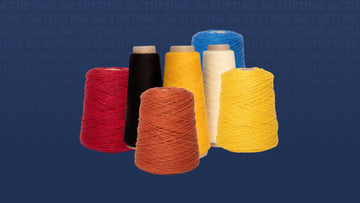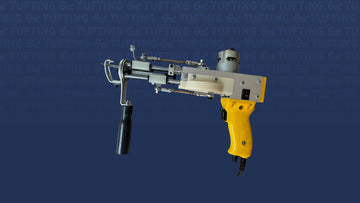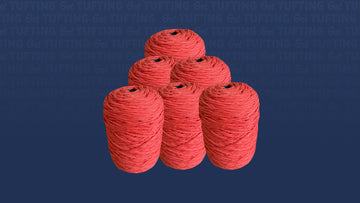Rug making with a tufting gun requires the use of yarn to create decorative designs and patterns on the surface of the rug. There are many different types of yarn that can be used for tufting, each with its own unique properties and characteristics.
One common type of yarn used for tufting is wool. Wool yarn is durable and resistant to wear, making it a popular choice for rugs that will see heavy foot traffic. It is also moisture-absorbent, which helps to keep the rug feeling fresh and clean. However, wool yarn can be more expensive than other types of yarn, and it may not be suitable for those with wool allergies.
Another type of yarn that is commonly used for tufting is synthetic fiber, such as nylon or polypropylene. Synthetic fiber yarn is often less expensive than wool, and it is resistant to moisture and stains. It is also easy to dye and maintain, making it a popular choice for those looking for a low-maintenance rug. However, synthetic fiber yarn may not be as soft or durable as wool, and it may not have the same natural look and feel.
Cotton yarn is another option that is often used for tufting. It is soft, comfortable, and easy to work with, and it is also relatively inexpensive. However, cotton yarn may not be as durable as wool or synthetic fiber, and it may not hold up as well to heavy foot traffic.
Finally, there are also specialized yarns available for tufting, such as bamboo, linen, and silk. These yarns offer unique properties and characteristics, such as natural sheen, drape, and softness, but they may be more expensive and harder to work with than other types of yarn.
In summary, the type of yarn that is best for tufting a rug will depend on the desired properties, budget, and intended use of the rug. Wool, synthetic fiber, and cotton are all popular choices, each with their own pros and cons. Specialized yarns, such as bamboo, linen, and silk, can offer unique characteristics but may be more expensive and harder to work with.
You can find all our acrylic yarn right here.




